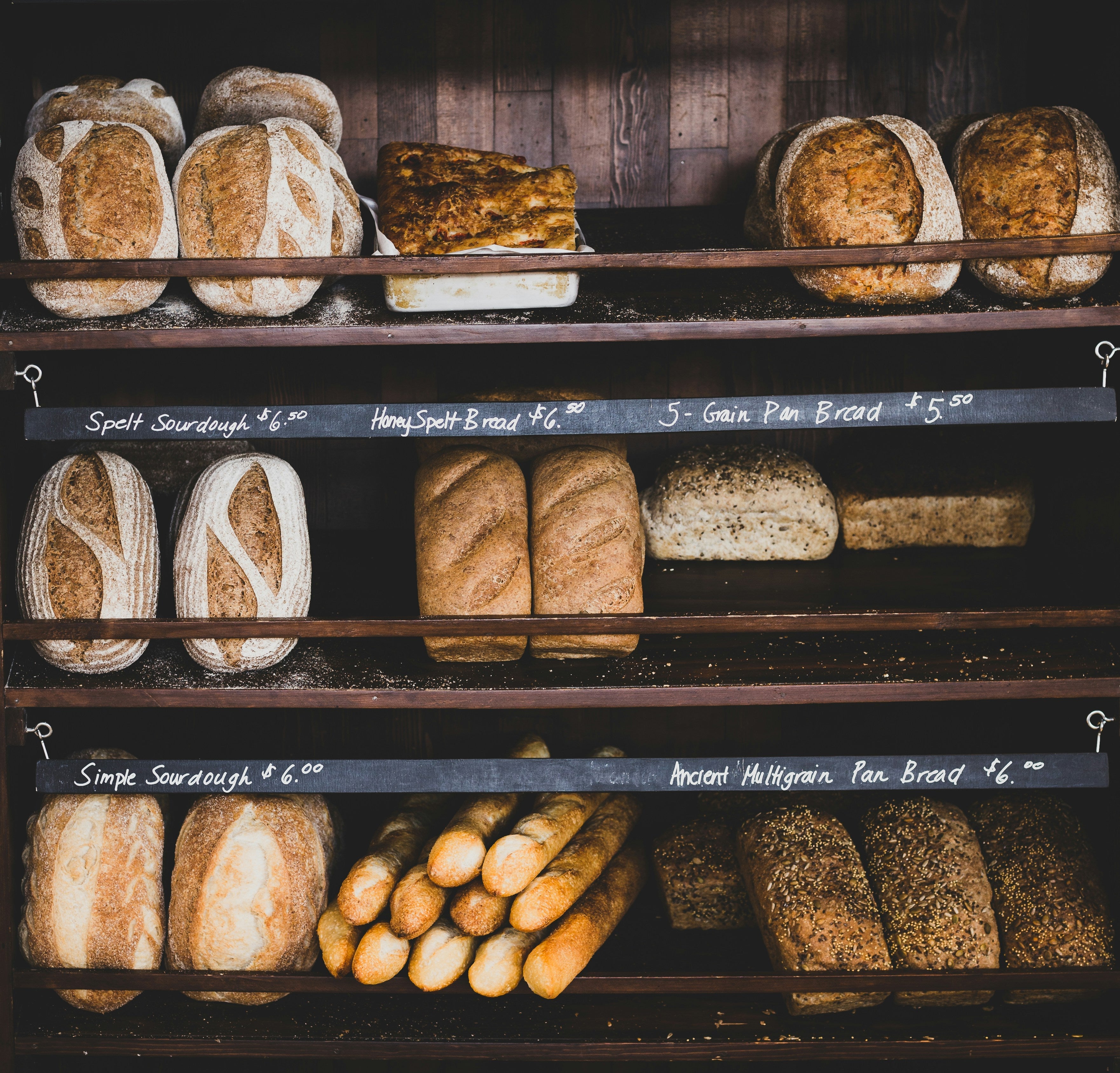Written on

First Things First: Higher Gluten
One of the biggest differences between the flour you get in America versus Europe is the gluten content. A majority of American flour comes from a red wheat variety that is naturally high in gluten—the protein that not only gives dough its chewy elasticity but also contributes to that bloating and inflamed feeling.
Meanwhile, on the other side of the “pond”, European countries tend to favor their more dominant white wheat variety, which contains significantly less gluten and results in lighter, airier bread and pastries that go easy on your digestive system.
The Difference in Production: Enrichment, Glyphosate, and Banned Ingredients
Apart from the wheat variety itself, the U.S. and Europe have many other key differences in their flours. To start, unlike the E.U., the U.S. adds quite a few additives and ingredients to our flour – such as glyphosate, iron, and potassium bromate – which negatively affect our health and leave us feeling worse for wear.
Starting from the top, American wheat isn’t genetically modified, but it is frequently treated with glyphosate–a chemical commonly used on GMO’d crops. And while, technically, it’s been deemed safe for human consumption by the big guys, there has been growing concern that this glyphosate ingredient heavily disrupts our gut microbiome, leading to digestive issues and other health concerns. In contrast, many countries in Europe have heavily restricted the use of glyphosate, because of its use in GMO products and negative affects on our gut health, and possible connection to cancer.
Then comes the fact that outside of this not-quite-GMO ingredient, U.S. flour producers also tend to enrich their wheat. In the U.S., iron fortification is a common practice used to “enhance the nutritional value of flour.” However, the type of iron used in this process is actually not so easily absorbed by our bodies, leading to its accumulation in our guts and the promotion ofundesirable bacteria growth. The U.S. has also mandated the use of other fortifications such as riboflavin and niacin and other B vitamins for all non-organic flours. European countries, on the other hand, do not fortify or enrich their wheat products.
Outside of enrichment and glyphosate, most of the breads and flours you’ll find at your local grocer are likely to also contain additives and chemicals that are outright banned in Europe due to health concerns.
Potassium bromate, for example, is used to help bread rise but has been linked to cancer in lab animals. Azodicarbonamide, as well, is used as a dough conditioner and leavening agent, but has also been linked to cancer in lab animals. Both of these products are often still used in American flour-based products.
Despite these health concerns, the U.S. continues to permit these chemicals and additives in our food products, whereas Europe has opted to outlaw them to better protect consumers.
Beyond The Baking Process: Slow Fermentation vs. Fast Production
Outside of the ingredients they use when producing flour, the way bread and pastries are made also vastly differs between the U.S. and Europe.
In Europe, traditional methods often involve slow fermentation (think: sourdough), where natural yeast and bacteria are given time to break down the dough’s carbohydrates and gluten making the final product easier to digest.
In the U.S., however, speed has become the priority, leading to the use of dough conditioners, thickeners, and other additives to accelerate the process. These added ingredients make American bread and pastries feel heavier and harder to digest.
The Flour, The Process, Your Body, and CORN
The good news? It’s not all in your head and there really is a difference between the products we eat on our vacations in Europe versus the ones we have back home. From the differences in agricultural practices, added ingredients and baking processes, the differences in the delicious pastries you eat in the U.S. versus Europe greatly affect your health and gut microbiome.
Sadly, if you’re allergic or sensitive to corn, the vast majority of these fortifications, flavor enhancers, preservatives, and dough conditioners are made from corn, so you’ll want to look for European style bread or can try your hand at making your own.
So, if you’re craving something bread-y, but don’t want to risk the bloating and uncomfortable reactions, try seeking out high-quality flours to bring into your home or find a bakery that prioritizes European standards. Your gut might just thank you.


